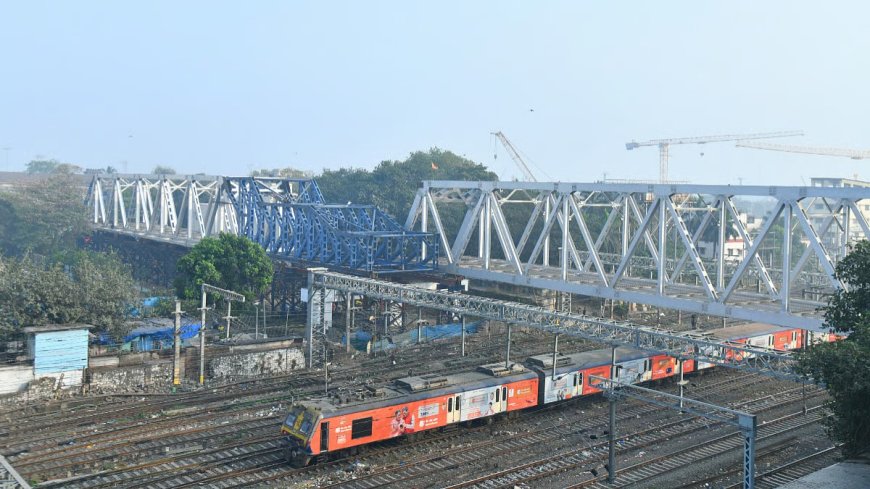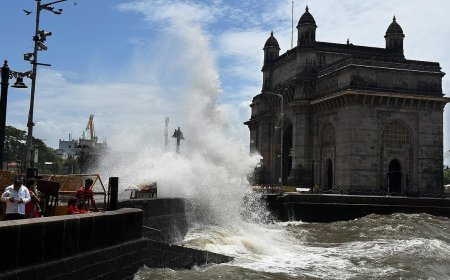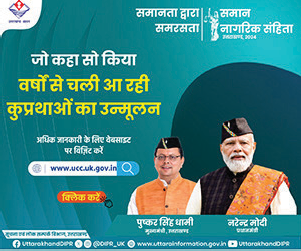Mumbai | July 18, 2025 :In the wake of public criticism over recent bridge reconstruction projects marred by design flaws, the Brihanmumbai Municipal Corporation (BMC) has taken a corrective step by forming a dedicated team within its Bridge Department to draft a Standard Operating Procedure (SOP) for future projects.
The SOP aims to streamline planning and execution by setting clear guidelines for bridge design, with a focus on universal accessibility, safety, and integration with surrounding infrastructure.
In the past few months, the BMC has opened several key east-west connector bridges in the city, including the Carnac (Sindoor) Bridge in Masjid Bunder (opened July 10), Vikhroli Bridge (opened June 14), and the long-delayed Gokhale Bridge in Andheri, which became fully operational on May 12.
Despite their openings, these bridges have come under scrutiny. The Gokhale Bridge, in particular, drew public ire over narrow pedestrian pathways and an initial elevation mismatch with the CD Barfiwala flyover. The 6-metre elevation discrepancy, corrected only after the bridge partially opened in February 2024, resulted in a delay and a cost overrun of ₹8 crore.
Likewise, the Vikhroli Bridge—intended to improve east-west connectivity—has turned into a traffic bottleneck due to a lack of a central median and poorly designed speed breakers, causing daily congestion and prolonged commute times.
According to a senior civic official, the upcoming SOP will provide detailed technical guidelines for critical aspects such as merging segments, landing points, and optimal alignment with highways. “It will also specify ideal widths for carriageways and footpaths,” the official said.
Crucially, the SOP will focus on universal accessibility, detailing the design of pedestrian pathways, stairs, ramps, and provisions for the differently-abled. To minimise traffic confusion, it will also address arm placements and ensure smoother road integration.
Although the BMC currently follows the Indian Road Congress (IRC) standards, the structural design of bridges—including construction techniques, span length, and load capacity—is typically outsourced to external consultants. These designs are reviewed by expert panels from institutions like the Indian Institute of Technology (IIT).
“We have penalised consultants who failed to properly implement approved designs,” the official added.
The move to formalise a SOP is seen as a step towards institutionalising accountability and ensuring that future bridge projects are better aligned with Mumbai’s urban infrastructure needs. Once completed, the SOP is expected to serve as a standard reference for all upcoming bridge constructions across the city.
With Mumbai's rapidly growing traffic and urban development demands, city planners hope that this structured approach will improve the quality, safety, and usability of future bridges—ultimately benefiting lakhs of daily commuters.




 Previous
Article
Previous
Article












